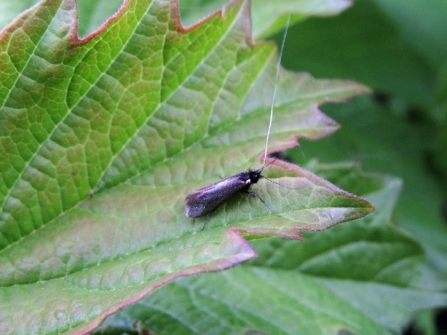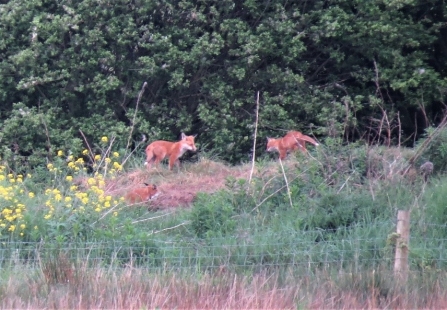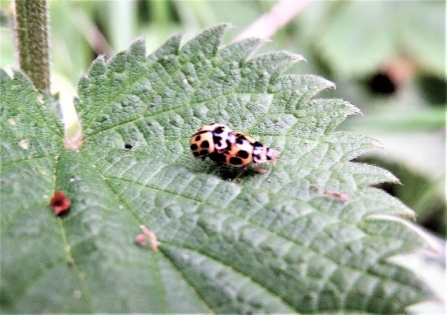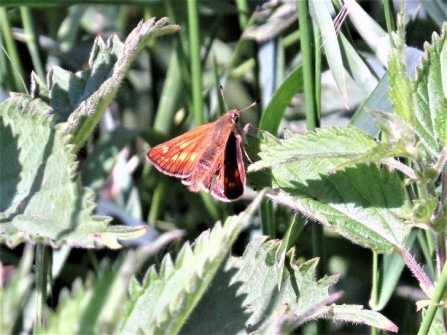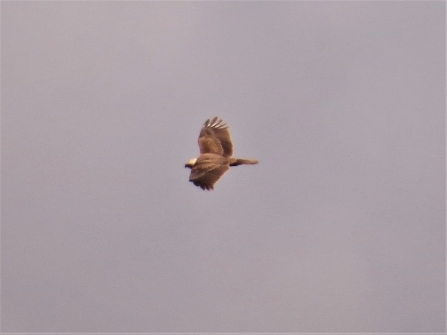
Marsh harrier c. Steve Holmes
Counting wheatears on 1st May in SJ4373 was delayed by the fifth marsh harrier of the year quartering over the pond and adjacent rushes and sedges. Missing a primary from the right wing and also a tail feather she ought to be readily identifiable if opting to stick around.
More wheatears were to follow shortly after the harrier upped and headed off north-west at altitude, bringing the total on the reserve to 17 on the day and to 84 for the year. Two whinchats were amongst them and the years’ first sedge warbler chortled away – finally back! Continuing the circuit of the pond, there was next the fourth redstart of the year, followed by a pair of canada geese which came in to land on the water right in front of me… I had been standing on the shore in plain sight after failing to find any waders other than four presumed summering lapwing, so why they should land and then kick-off with endless honking defied understanding!
A week later, after walking to the reserve the long way around through Ince Lane, Speckled Wood Lane produced numbers of green larvae – seemingly of more than one species but eventually all determined as winter moth.
Scanning from the gate at the western end of the lane produced little apart from sheep and lambs, but shortly after walking into the first field an unexpected pair of gadwall came in to land on the main pond. Seven ‘pairs’ of mallard then flushed away, revealing that none are breeding unfortunately – perhaps they have already worked out that the evapouration rate will see the pond disappearing before not too long. With several kestrels known to be in the area it would have been understandable to pass off a low-flying falcon as being just that, but a mental bell rang which had me back-tracking a few paces to put binoculars on it as it came out from the other side of the hedge; a beautiful adult hobby, red thighs and all! It tore across the reserve and was at the northern boundary when it actually gained speed (!), climbing to gain altitude before stooping on something I couldn’t see. Swifts, invariably heading east into the breeze, followed in twos and threes over the next couple of hours, almost 40 all-told and often found whilst scanning through the flock after passing a flock of gulls heading north. There will have been thousands of gulls, which, on being disturbed from the landfill site to the south split allegiance between either heading east or north. The northern contingent is generally the larger but since they were passing over in droves I chose to neither count nor try to identify them… for now! Three male sedge warblers displayed their hearts out, one allowing a rare photographic opportunity.



